Blockchains work like DNA, says a new study. Its instructions are replicated across thousands of “nodes,” much as DNA is replicated in cells.
Get the latest international news and world events from around the world.
Watch Netflix’s 1st trailer for the Inspiration4 documentary on SpaceX’s private spaceflight
The mission is described as the ‘next epic leap forward for civilians’.
Netflix’s first trailer for a documentary series on SpaceX’s Inspiration4 private astronaut mission is here. Check it out.
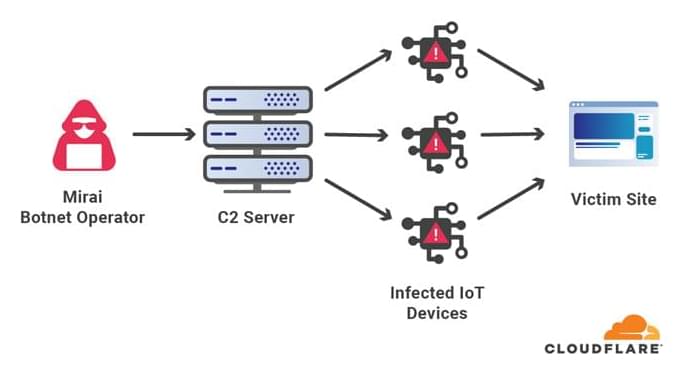
Cloudflare mitigated one of the largest DDoS attack involving 17.2 million rps
Web infrastructure and website security company Cloudflare on Thursday disclosed that it mitigated the largest ever volumetric distributed denial of service (DDoS) attack recorded to date.
The attack, launched via a Mirai botnet, is said to have targeted an unnamed customer in the financial industry last month. “Within seconds, the botnet bombarded the Cloudflare edge with over 330 million attack requests,” the company noted, at one point reaching a record high of 17.2 million requests-per-second (rps), making it three times bigger than previously reported HTTP DDoS attacks.
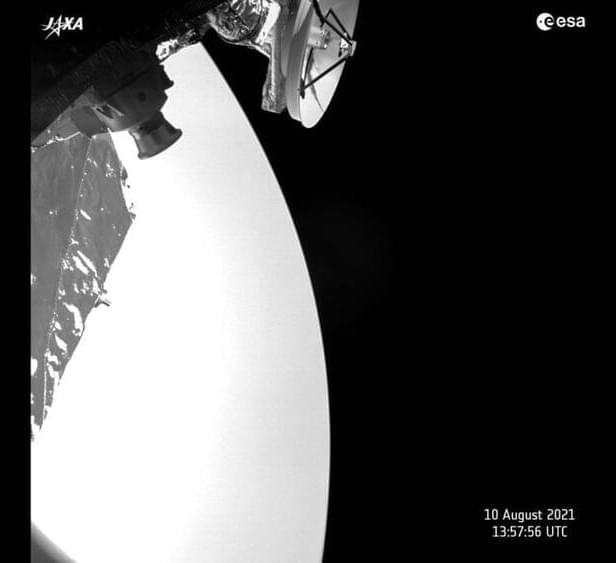
Astronauts and satellites watch Hurricane Henri from space as US Northeast braces for storm
“Stay safe friends,” astronaut Megan McArthur says.
As parts of the U.S. northeast brace for Hurricane Henri to make landfall in New York today (Aug. 22), astronauts and satellites are tracking the historic storm from space.
Henri, which reached category 1 hurricane status on Saturday, is forecast to make landfall on Long Island, New York by midday today, dropping torrents of rain on Connecticut and Rhode Island, according to the National Hurricane Center’s morning update. Astronauts on the International Space Station spotted Henri from orbit on Saturday.
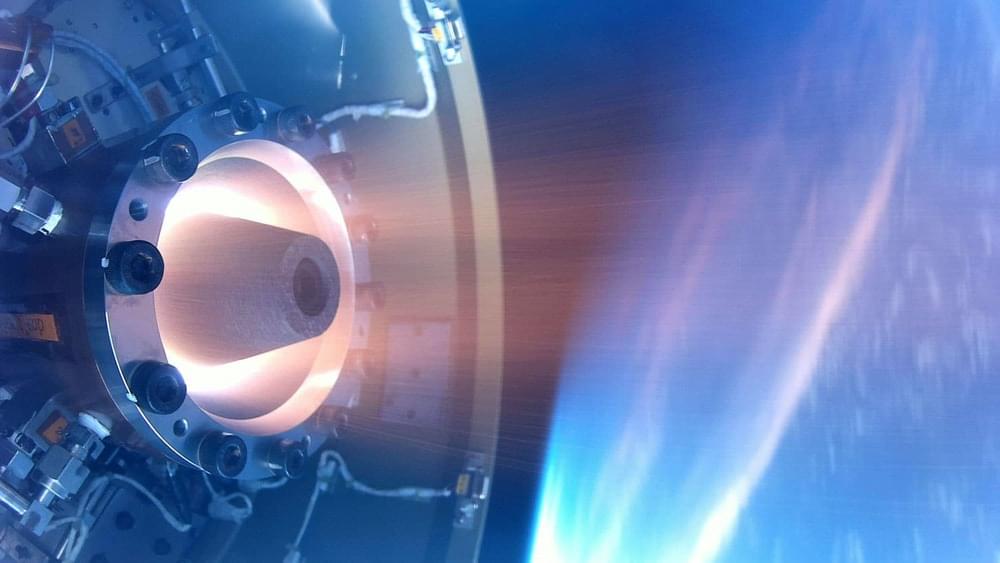
Japan tests rotating detonation engine for the first time in space
The Japan Aerospace Exploration Agency (JAXA) has announced that it has successfully demonstrated the operation of a “rotating detonation engine” for the first time in space. The novelty of the technologies in question is that such systems obtain a large amount of thrust by using much less fuel compared to conventional rocket engines, which is quite advantageous for space exploration.
On July 27 the Japanese agency launched a pair of futuristic propulsion systems into space to carry out the first tests. They were launched from the Uchinoura Space Center aboard the S-520–31, a single-stage rocket capable of lofting a 220 lbs (100 kg) payload well above 186 miles (300 km). After recovering the rocket from the ocean, the JAXA team of engineers analyzed the data and confirmed the success of the mission, which put the new system at an estimated altitude of (146 miles) 234.9 km.
The rotating detonation engine uses a series of controlled explosions that travel around an annular channel in a continuous loop. This process generates a large amount of super-efficient thrust coming from a much smaller engine using significantly less fuel – which also means sending less weight on a space launch. According to JAXA, it has the potential to be a game-changer for deep space exploration.
Artificial intelligence expert Kate Crawford on why people should be concerned about the innovation’s risk
It’s one of the most profound innovations of our time — and Manhattan-based Australian Kate Crawford wants us to wake up to AI’s inherent risks.

Northwestern scientists discover remarkable longevity in a subset of mitochondrial proteins
Northwestern Medicine investigators have discovered that a subset of proteins in mitochondria of brain and heart cells are long-lived, supporting the long-term stability of mitochondrial complex architecture.
The study, published in the Journal of Cell Biology, was led by Jeffrey Savas, PhD, assistant professor in the Ken & Ruth Davee Department of Neurology’s Division of Behavioral Neurology, of Medicine the in Division of Nephrology and Hypertension, and of Pharmacology.
Previous work led by Savas discovered that nuclear pore complex proteins in post-mitotic neurons are exceptionally long-lived and persist for months in mouse and rat brains. These proteins, termed long-lived proteins, or LLPs, provide long-term stability and structure to the nuclear pore and subsequently to the nuclear envelope of neurons; however, this concept had never been considered for other intracellular organelles, until now.
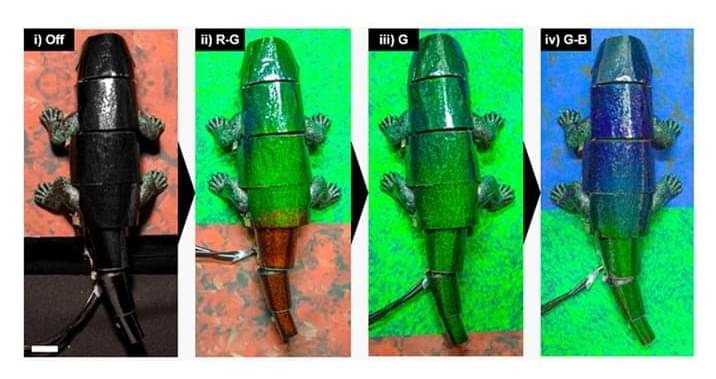
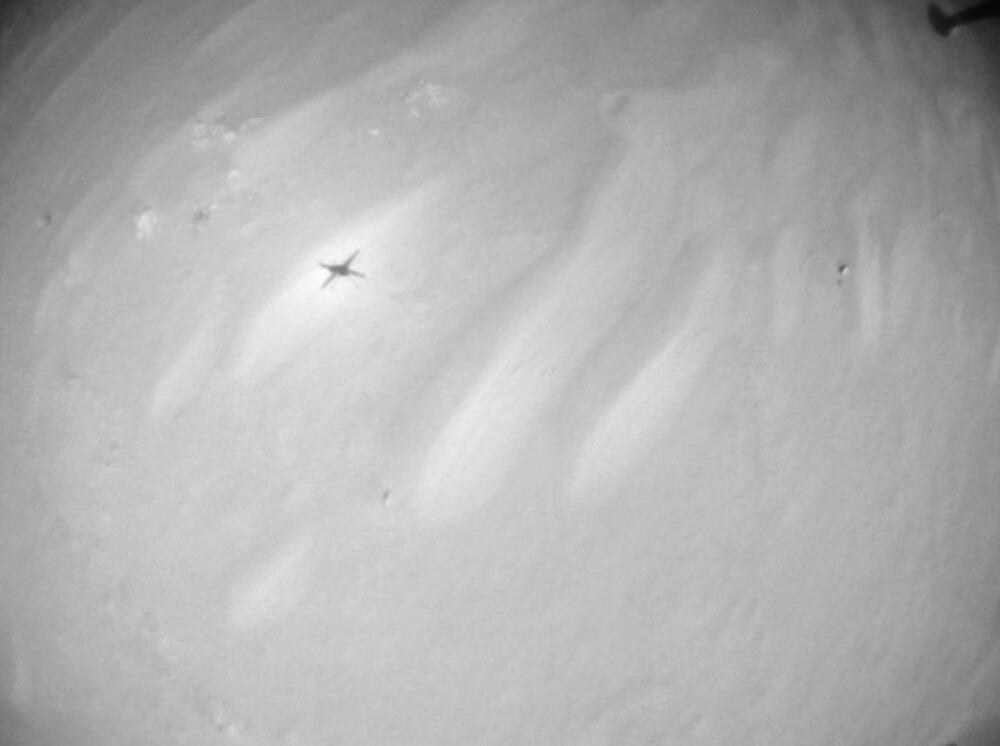
Ingenuity’s Flight 12 was a Tricky one, Flying Over Hazardous Terrain
The Ingenuity helicopter on Mars has now completed its 12th flight, where it acted as a scout, looking ahead for dangerous terrain for it’s partner in crime, the Perseverance rover.
The 4-pound autonomous rotocraft climbed over almost 10 meters (33 ft) high, and traveled a total of 450 meters (1,476 ft) in 169 seconds. It flew over the over an area dubbed the ‘South Seitah’ region of Mars, where Perseverance will explore.
“A dozen for the books!” said JPL on Twitter. “The Mars helicopter’s latest flight took us to the geological wonder that is the ‘South Seitah’ region.”